Almost All Small SUV Headlights Are Bad, None Are Good: IIHS

Compact SUV headlights have a long way to go if they want a passing grade from the Insurance Institute for Highway Safety.
The organization now rates headlight performance, and ] small SUVs are the latest crop of vehicles to undergo testing. The study results aren’t dazzling.
Out of 21 vehicles and 47 headlight options, no small SUV received a “good” rating from the IIHS, and two-thirds garnered a “poor” rating. Only four vehicles — the 2017 Ford Escape, Honda CR-V, Hyundai Tucson and Mazda CX-3 — earned a rating of “acceptable.”
The headlight test is simple. IIHS measures the amount of light emitted by low and high beams, then measures the amount of glare faced by oncoming vehicles. Vehicles scored points if their headlights came with an auto-dimming feature.
A poor score in the headlight test isn’t good for a vehicle’s overall rating. IIHS won’t declare a vehicle a top safety pick if their headlights fail to net a good or acceptable rating.
“Manufacturers aren’t paying enough attention to the actual on-road performance of this basic equipment,” IIHS Senior Research Engineer Matthew Brumbelow said in a statement. “We’re optimistic that improvements will come quickly now that we’ve given automakers something to strive for.”
In March, when the organization tested midsize sedans, the BMW 3 Series was judged to have the worst headlights in the businesses, proving that vehicle price has little to do with headlight performance. With small SUVs, the “worst” list is a lengthy one, and very diverse. Take your pick of nationalities found at the bottom — Audi Q3, Fiat 500X, Buick Encore, Subaru Forester, Kia Sportage, and a number of other Japanese and American models.
Jeep fared the worst overall, with all of its small offerings — Patriot, Renegade and Wrangler — rated as poor. Honda’s HR-V also found a home on the bottom, as did the Chevrolet Trax, Mitsubishi Outlander Sport, and Nissan Rogue.
The “marginal” category was thinly populated, with no domestic automaker found on the second-from-bottom shelf. Earning that title was the Mazda CX-5, BMW X1, Mitsubishi Outlander, Toyota RAV4 and Volkswagen Tiguan.
No particular headlight type fared better than others. Halogen, HID and LED headlamps are found throughout the list, because lumens only go so far towards your final grade. Glare issues demoted 17 of the headlight combinations.
“Glare issues are usually a result of poorly aimed headlights,” said Brumbelow. “SUV headlights are mounted higher than car headlights, so they generally should be aimed lower. Instead, many of them are aimed higher than the car headlights we’ve tested so far.
[Image: Jeep]

More by Steph Willems
Latest Car Reviews
Read moreLatest Product Reviews
Read moreRecent Comments
- Lou_BC Well, I'd be impressed if this was in a ZR2. LOL
- Lou_BC This is my shocked face 😲 Hope formatting doesn't fook this up LOL
- Lou_BC Junior? Would that be a Beta Romeo?
- Lou_BC Gotta fix that formatting problem. What a pile of bullsh!t. Are longer posts costing TTAC money? FOOK
- Lou_BC 1.Honda: 6,334,825 vehicles potentially affected2.Ford: 6,152,6143.Kia America: 3,110,4474.Chrysler: 2,732,3985.General Motors: 2,021,0336.Nissan North America: 1,804,4437.Mercedes-Benz USA: 478,1738.Volkswagen Group of America: 453,7639.BMW of North America: 340,24910.Daimler Trucks North America: 261,959






















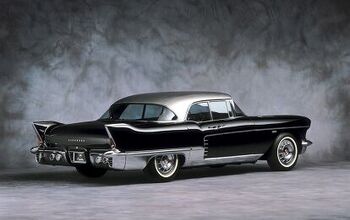
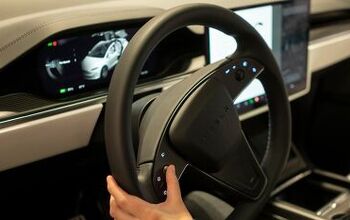
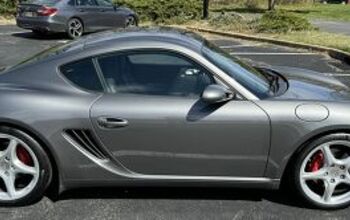
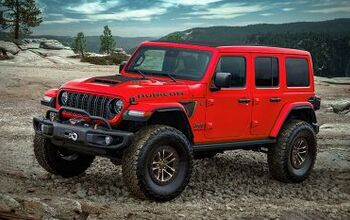

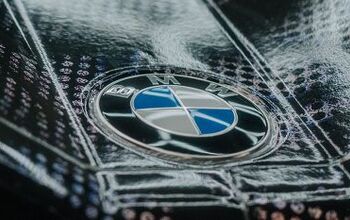
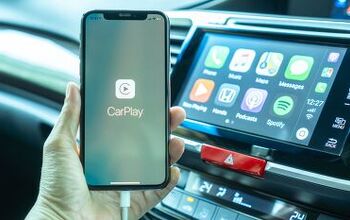
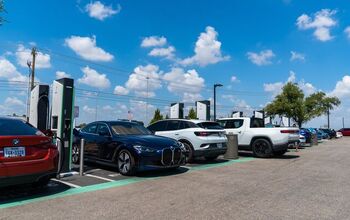
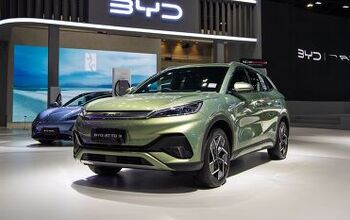

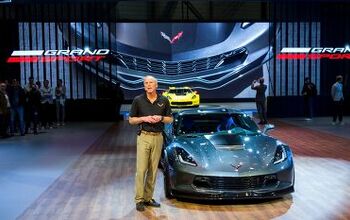

Comments
Join the conversation
This is my understanding of where we are, and were with vehicular lighting. I am old enough to remember all vehicles having sealed beam headlamps that had pretty much uniform performance. Only the occasional misaligned headlight presented glare. I can remember them all being pre-halogen lamp color. They were all a warm incandescent color, which are longer and thus lower energy wavelengths. There is a reason red light is used in dark situations. Eyes can develop their night vision absent brighter light and shorter, higher energy wavelengths (towards the blue end of the spectrum). I remember the late 60's Dodge Polara wit a single supplemental "super light" that ran into trouble in a few states because the color of the light was too bluish. When I got a new for 1971 car with the halogen sealed beam headlights with their whiter color light, other drivers were flashing their high beams at me. Whiter light, more towards blue in the spectrum, more glare. Then, happy days! The dreaded big government dropped its headlight regulations. Freedom for the automakers, stylists, and marketeers. This has set off a marketing and user arms war of sorts. Brighter light, bluer light, add in fog lamps that operate 99% of the time when there are no foggy conditions, and there is no hope of developing night vision now. We are all driving around with fried eyes at night. My understanding of European regulations (gasp, horrors) are that they take vehicular lighting far more seriously. Their low beams have discrete cuts-off, headlights cannot be mounted nearly as high up on a vehicle as they are here, as seen on trucks and school busses. I remember reading that when HID lights came out, specific rules were written for them in Europe, unlike here. Headlight levelers, manual or automatic are standard. I noted years ago visiting France that all the headlights had yellow lenses on them. Yellow blocks blue light. Certainly some basic research could determine the proper set of three parameters, light intensity, color, and beam pattern that would result in the most effective night vision for vehicular headlight systems to produce, and write effective regulations to guarantee that they are met. Interestingly, Consumer's Reports has recently been evaluating headlight performance for both effective illumination and oncoming glare. Good to see that IIHS has jumped in on the game. I guess I am not the only one who is distressed by poorly engineered and (yes I will say it, harmful) headlight systems. Go ahead, call me a Communist Marxist big government liberal. I can take it like a man, but government regulations are the answer in this instance.
Bluish lighting sucks. I am amazed that some people actually buy 5000K LED lamps for their home. Yes you do get higher efficacy but the quality of the light is horrible.